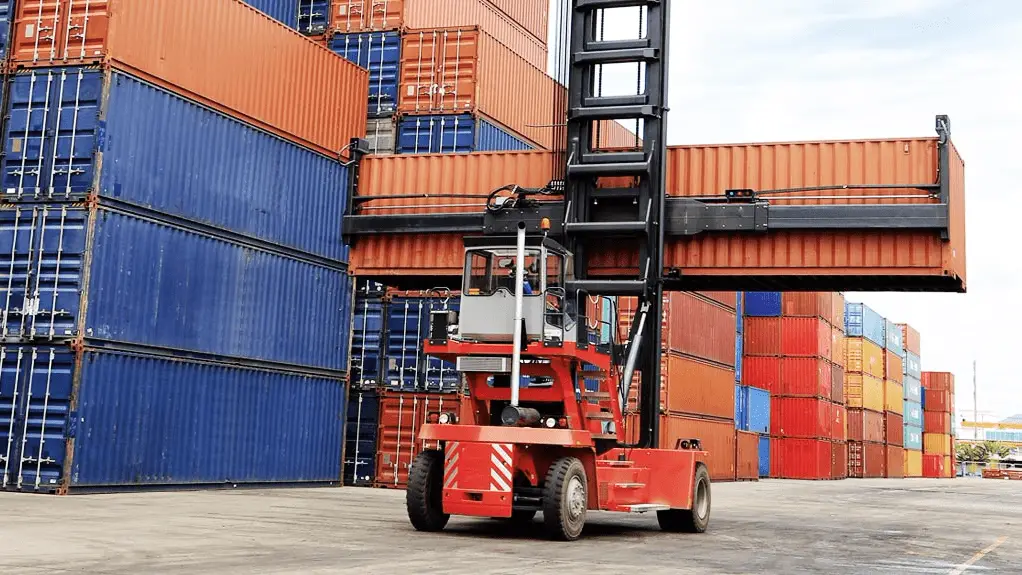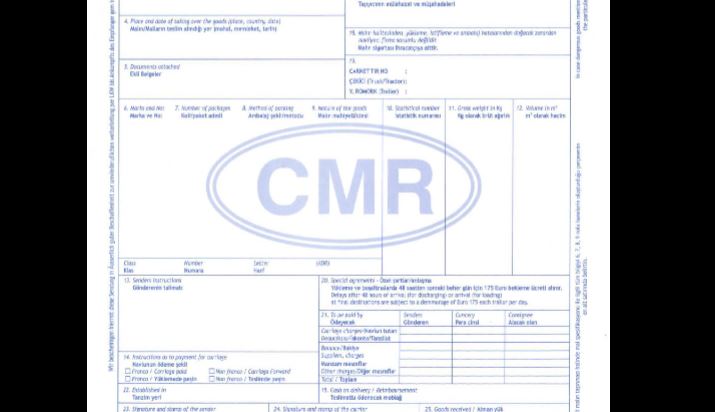Do i have to pay Custom Duty and tax?
You have to pay taxes, also known as customs duty, for importing mobile phones, electronics and other goods from a foreign country into any other country.
These import taxes are payable at the port of entry (like the airport), the courier companies would often pay these on your behalf and will release the goods to you upon the full repayment of these additional duties and taxes.
How much customs duty should you expect to pay for importing, say, a mobile phone from US to your country? A package forwarding service in your country shared the latest duty tariff chart and it should give you a good idea of what kind of taxes you can expect to pay for importing the various categories of items into your country.
UNITED KINGDOM
The commodity code for importing is 4819100000. Per customs classifications, cardboard boxes for packaging are defined as “Section X: 48:19” goods. Per this calculator, you can expect to pay 20% in VAT’s.
Note that if a product travels within the EU will not have VAT levied against them; normally VAT is only charged on the cost of the shipping or carriage. This is not the case for non-EU countries. In other words, if you buy a product from factories in China or Mexico, you must pay the 20% VAT based on your total purchase price, not the shipping price.
The VAT Importing from outside the EU is not subject to a third country duty (it is currently 0.00%), unless subject to other measures. Your shipper must register for VAT. The fee is charged to the shipper, not the end-customer.
An overseas seller selling goods as a business activity where those goods are located in the UK at the point of sale, or where the goods are sold to a UK customer and then imported into the UK by the seller.
Customs may change their exact figures but at the time of writing, goods with a commercial value (goods value + shipping cost + duty + insurance) of more than £135 are liable to VAT.
Check that goods sent to you from outside the UK (or outside the UK and the EU for goods in Northern Ireland) are declared to customs correctly. If they’re not declared correctly, your goods may be seized.”
UNITED STATES 🇺🇸
Importers must be aware that US Customs imposes tariffs on all imported goods valued at US$800 or more. Values below US$800 are tax-free. However, since June 30, 2018, the United States has increased the tariff on China’s 50 billion goods by 25%, which has increased the cost of American consumers.
USA Tariff Schedule
As per the 2020 Harmonized Tariff Schedule, here are the relevant HS codes for paper and cardboard based packaging purchased:
- HS 4819.10.00: Cartons, boxes and cases, of corrugated paper or paperboard. Click to check Tariff Schedules here
- Tariffs and taxes are calculated as a percentage of customs value. The value of the customs is based on the declared value, and the declared value should be indicated on the commercial invoice – the document issued by the supplier. It is important to be specific when checking the amount of US duties owed.
- There are no special tax kickbacks for Mexican-produced paper goods nor are there tax penalties for Chinese-produced paper goods.
Goods must be declared for entry into the U.S. within 15 days of arrival or prior to leaving a bonded warehouse or foreign trade zone. The importer of record declares the transaction value of the goods and country of origin, along with other information.
The declarations must include an invoice and packing list (or equivalent) listing all goods. Customs and Border Protection (CBP) then assesses duty, which must be paid by the importer of record before goods can be released. Many importers participate in a voluntary self-assessment program with CBP.
AUSTRALIA 🇦🇺
On most products imported into Australia, customs duty is 5% of the value of the goods converted to Australian dollars, but this is dependent on the type of goods.
Goods valued below AUD 1000: As of 1 July 2018, Australian goods and services tax (GST) will apply to sales of low value goods imported by consumers into Australia. This tax will only apply if the company importing your goods is subject to $75,000 or more per annum in taxes. You can learn more about Australia’s “low-value goods” GST here.
Goods valued at above AUD 1000: All goods imported into Australia by sea, air or post with a customs value that exceeds AUD 1000 must be cleared by submitting a completed import declaration form (B650) and paying duty, goods and services tax (GST) and other taxes and charges that apply.
For goods imported in a consignment over AUD 1,000, any GST, customs duty and clearance charges will be charged to the importer at the border under existing processes.
More info here.
CANADA 🇨🇦
In Canada, duty rates vary greatly depending on the product and the country in which it was manufactured. Goods that are not manufactured in North America and do not qualify for a NAFTA exemption can be subject to hefty tariffs.
If you’re having goods shipped to Canada from a U.S. online retailer, you will likely have to pay Canadian duty on the value of the goods, plus GST and PST or HST, depending on the province you are importing goods into.
Any item mailed to Canada may be subject to the Goods and Services Tax (GST) and/or duty. Unless specifically exempted, you must pay the 5% GST on items you import into Canada by mail. You do not have to pay the GST on the following goods that are imported into Canada by mail: (1) goods worth CAN$20 or less; or (2) gifts from family members or friends who live abroad when the worth is CAN$60 or less. Learn more here.
In addition, you may live in a province that collects a provincial services tax. This can be up to 8% in addition to your GST. PST and GST are often combined into a harmonized sales tax, or HST. HST can be up to 13%.
The customs office provides a handy calculator to help you determine how much you will owe in taxes. Per Canada’s guidelines, cardboard boxes fall under section 47 of the import duties schedule and are subject to 0% in duties from both MFN’s (most favoured nations) and other countries.
EU 🇪🇺
Generally speaking VAT is not due when the total value of all goods in a consignment (value not inclusive of custom duties or transport costs) is less than the destination country threshold. The threshold may vary from €10 euro to €22 euro, depending on the EU country.
If a supplier imports goods from a country outside the EU to the EU (e.g. France, Netherlands, Germany) they will pay the recipient country’s VAT on the goods. This means that the trader must declare the import and pay VAT in the country, e.g. France. They will generally pay import duty and excise duty in addition to the VAT.
The Combined Nomenclature (CN) is an additional tool of product classification used to classify goods that are declared to EU Customs. CN codes are eight digits, consisting of the six-digit HS code and the two-digit CN subheadings.
Related fees can be found by searching a product’s CN number. (link Below). Boxes have a CN number of 481730. There is a 0% duty from any third country. On shops like Etsy, EU buyers will see the line “VAT included (where applicable).” under the prices for all shops. This means the supplier/ shipper covers VAT and the tax is included in the purchase price of a product.
CN Nunber here
INDIA 🇮🇳
An integrated goods and services value added tax (IGST) is applied on all imports into India. IGST (also known as a VAT) is levied on the value of the imported goods plus any customs duty chargeable on the goods.
The following items are subject to a 12% IGST Rate:
- 4817 30: Boxes, pouches, wallets and writing compendiums, of paper or paperboard, containing an assortment of paper stationery
- 4819 Cartons, boxes and cases of corrugated paper or paper board
- More information on taxes for imports to India can be found here.
MEXICO 🇲🇽
Mexico charges a VAT on products above $50 USD; North American and some Latin American shippers may void this amount.
General import Duties ranges from 0% to 35% but normally most imports in Mexico fall within the range of 3% to 20% (exceptionally, certain food products, shoes, and textile pay higher duties).
Cardboard boxes, with an HTS code of 4819, typically have 3.3% import fees.
SINGAPORE 🇸🇬
More than 99% of all imports into Singapore enter the country duty-free. In addition, all goods brought into Singapore (other than exempt imports) are subject to Goods and Services Tax (GST) at the prevailing rate of 7% on the value of goods, which includes the cost, insurance and freight (CIF) plus other chargeable costs and the duty payable (if applicable).
GST relief is granted on goods imported by post or air, excluding intoxicating liquors and tobacco, with a total Cost, Insurance and Freight (CIF) value not exceeding S$400. This GST rate is set to increase to 9% in 2021. Learn more here.
Customers may pay the custom fees but stores may cover it as well. Shippers can apply for a Customs permit for clearance and payment of the postal parcels, and present the permit to ICA (for collection at SPC) or Singapore Post (for delivery) as proof of payment for the relevant GST and/or duty charges for a customer’s parcel.
SOUTH KOREA 🇰🇷
Duty is free if the CIF value is less than KRW 150,000. On top of that, Korea has a flat 10% Value Added Tax (VAT) on all imports and domestically-manufactured goods. Tariffs and taxes must be paid in Korean Won within 15 days after goods have cleared Customs. The person liable for duty payment should voluntarily declare the duty base and the tariff rate on the relevant imported goods, per the government’s website. Learn more here.








great info. thanks for sharing